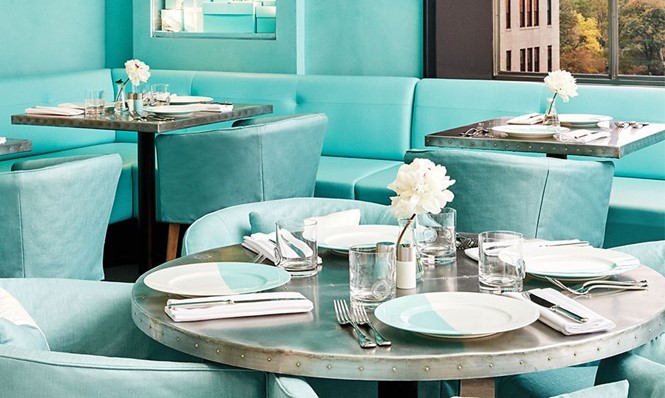Reinvention and heritage retention in brand development at Cannes Lions

Reinventing a brand is not simply the process of crafting a new visual identity or audio brand or positioning strategy. Sometimes, reinvention – and transformation – requires a consideration of the company’s place in the world, its objectives, its brand and its communications. When that process is undertaken, a company can, in the long term, reimagine itself and its purpose.
One such company that has sought this kind of transformation is Tiffany & Co. Speaking at the Cannes Lions festival, Reed Krakoff, chief artistic officer for the jeweller discussed the reinvention of the brand from the inside out. When Krakoff took the role, he reorganised his team, integrating PR, design, product development and digital under his purview, allowing Tiffany to have a single strategic approach for its brand. He called the approach a “new interpretation of a new generation of beauty.”
The refreshed attitude allowed Tiffany to act younger, to reinvent its collection and to introduce a new, experiential approach to marketing. “You have to be open to changing things. You have to have respect for the heritage, but it can’t be too reverential,” said Trey Laird, chief creative officer from Laird+Partners, who worked with Krakoff on the transformation. The key aspects of the new strategy involved the use of music, refreshed imagery focusing simply on ‘skin and diamonds’ and the commitment to doing something new, while staying true to Tiffany’s heritage and craftsmanship. “I hope that it feels like a logical next chapter in retrospect,” Krakoff said.
On the other end of the retail spectrum sat Wendy’s, an American fast food chain with huge competitors and a challenger mentality. Reinvention for Wendy’s meant staying true to that character while introducing a storytelling-driven, punchy tone of voice that helped set Wendy’s free. “We’re quite confident that we do things the right way,” said Kurt Kane, US president and chief commercial officer at Wendy’s. “That’s always been our positioning and the brand has always been a challenger brand.”
The company turned to social media to unleash its voice upon the world, roasting competitors, building the character of Wendy and developing the storytelling of the brand. “What is the central tension in our brand story and how do we continually fuel that day in and day out?” Kane asked. The solution was to stay true to the brand’s origins while recognising that that same spirit could be reinterpreted for a modern audience hungry for personality and a brand that spoke their language.
At GSK, reinvention has been a brand-focused strategy, rather than a corporate one, with a new design mindset and structure informing the product design, branding, marketing and communications processes. Andrew Barraclough, VP of global design and innovation at GSK, said the altered process has allowed the company to explore new options for brand development and be more reflexive and reactive to customers and health industry partners. He points to experience as the way to help people understand GSK’s products. He examines the case study of a toothpaste brand as a means to discuss the updated design process that can introduce new types of experiences, interactions with the brand and, crucially, a bolder approach to design and reactive marketing. That, he says, has solved key business problems like conversion sales.
Cannes, while seldom focusing on rebranding as a practice, has this year explored the process of brand development through the ways in which companies reinvent their internal creative functions and integrate into them bold strategies that can help them maintain relevance in a modern world.












